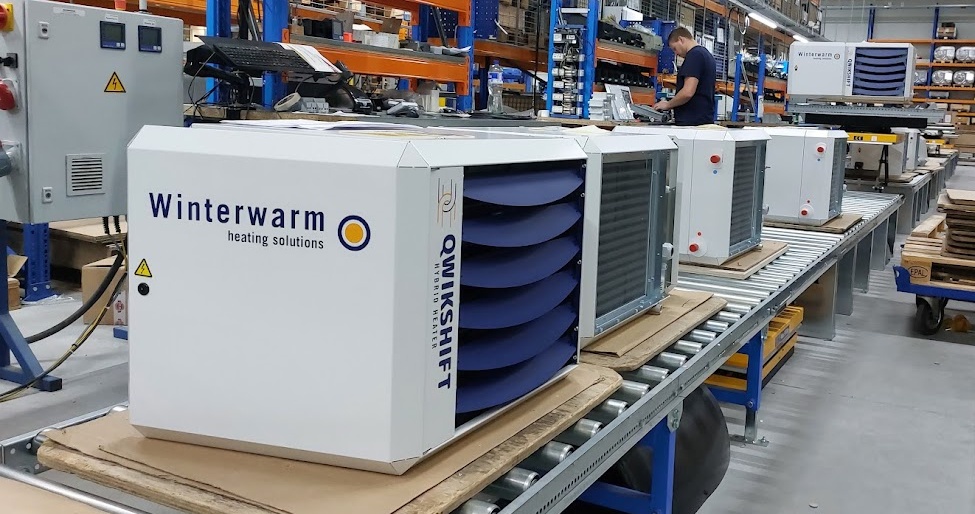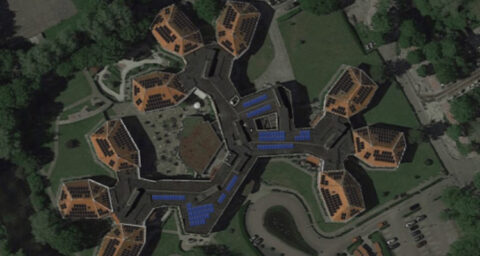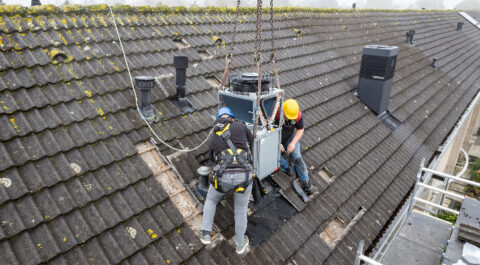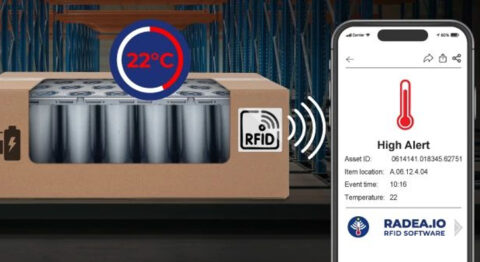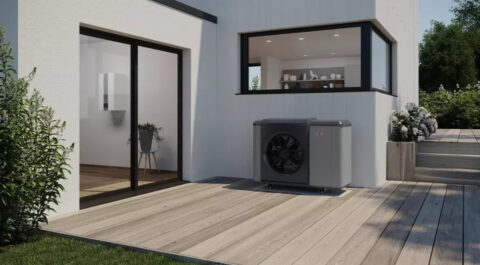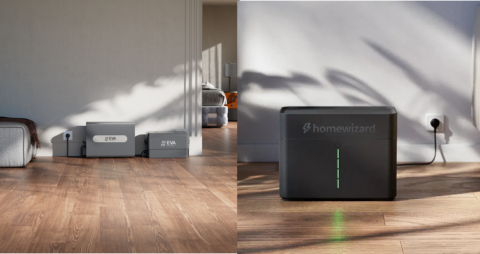For many years Winterwarm in Winterswijk has manufactured gas-fired and electric heating for warehouses and factory halls. When they started building a new hall themselves, they thought this was a great opportunity to develop a sustainable concept. Can you heat warehouses with heat pumps? The answer is hybrid.
In sustainability, all the focus is on residential construction, believes Wilma Huiskamp of Winterwarm. 'But then you're talking about 24 kW of energy. With ten in a row, you then have 240 kW of savings. Only then you're dealing with 10 parties! In business, you get the same savings with one party. Only you don't see a lot of attention to the energy transition in industry, unjustly.'
A new hall, a new concept
Winterwarm wants to help its customers with heating solutions tailored to warehouses that operate from 7 a.m. to 5 a.m. (or, in the case of two shifts, until 11 a.m.). So then it's a waste if the heating is on 24 hours a day. Yet the hall must be up to temperature when the day starts at 6:30. A heat pump didn't come into play until recently, because you can't heat up an entire hall quickly with low-temperature heating.
But when Winterwarm itself started building a new hall, they found it the perfect opportunity to develop a new concept with their R&D department. The various prototypes can still be admired in their halls today. Together, they give a glimpse into how the product developed into what it is today.

'We had several starting points,' says Huiskamp. 'First, everything had to be easy to install and maintain by installers. And, of course, we wanted to include a heat pump. We also feel that air heating for larger spaces has many advantages. So there had to be an indoor unit with an air heating section.'
Heat pump with booster
The difference from a home is not only the size, but also the use. In many warehouses, day shifts are worked. This means that the heating can be turned off after 5 p.m., but the hall must be up to temperature again by 6:30 a.m. Especially the latter is a challenge with a heat pump that works with low temperatures.
That's why they came up with the booster at Winterwarm. 'That's the unique thing about this concept,' says Huiskamp. 'That gives you extra gas-fired or electric capacity when needed. At 6:30 a.m., heat is distributed quickly, but when the hall is up to temperature, it can be maintained just fine by a heat pump.' The latter is also made as efficient as possible by the Smart Controller. 'That also takes into account the price of electricity, for example, so that it's completely cost-effective.'

Suitable for wholesale
Winterwarm does not employ its own installers. So the installation goes through wholesalers and installation companies. That means everything has to be kept as standard as possible, and as uncomplicated as possible. 'Our motto is "keep it simple," so that every installer, even every self-employed person will think: I dare to do that, because they have experience with all the different parts. You can get away with it without Stek certification.'
The heat pump's delivery system is combined in one unit with that of the booster. 'So the unit contains a lot of air heating technology, yet the whole thing is easy to install and maintain.'
Reducing CO2 faster
Currently, there are already several variants of the unit. For example, a gas-fired and an electric booster, as well as three capacities of heat pumps. So with that, six different combinations are now possible. 'In principle, you can vary infinitely,' Huiskamp concludes. 'We now have the basis, and if other needs turn out to exist, we can respond accordingly. In any case, we think hybrid for factory halls and warehouses is a very good addition. If more attention is paid to that, you can go ten times faster in reducing CO2.'
Visit Winterwarm at VSK, hall 12 booth A114
